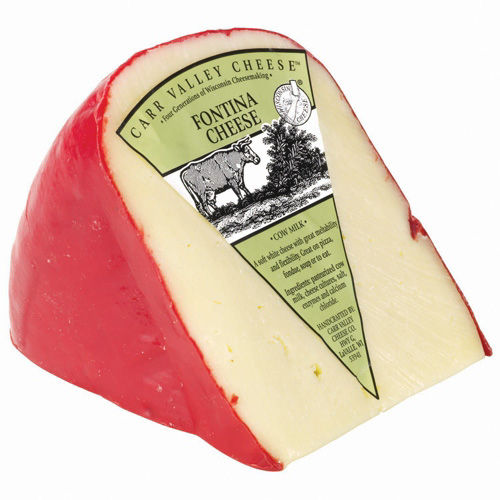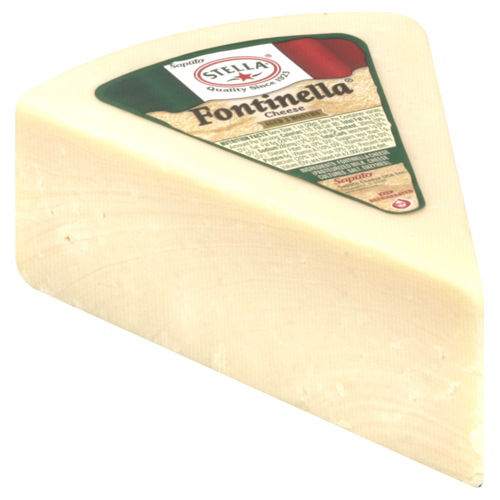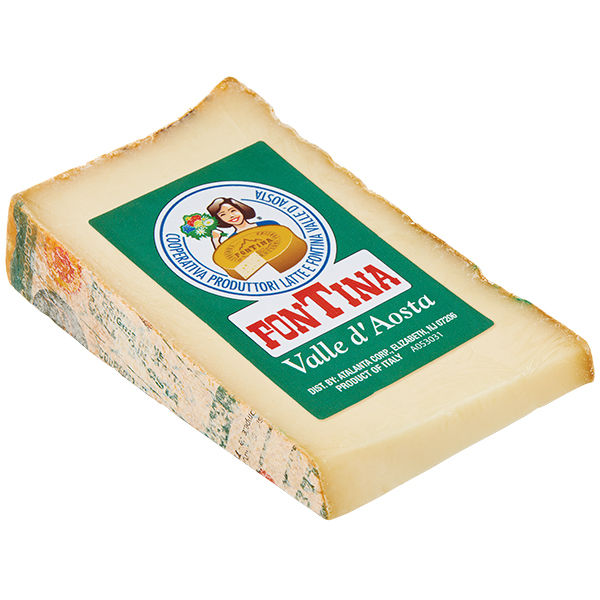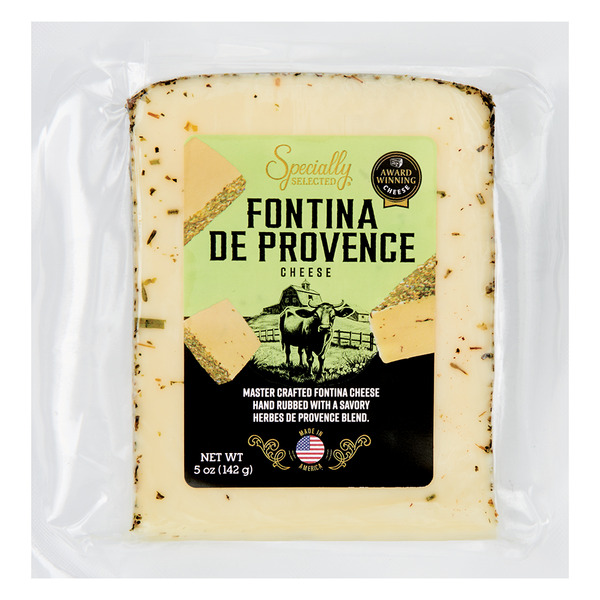Fontina Cheese
Fontina cheese is a versatile, semi-soft Italian cheese made from cow's milk, originating from the Aosta Valley in northern Italy. With a pale, thin rind and a creamy, elastic texture, this cheese is well-known for its mild, nutty flavor and excellent melting characteristics. Fontina cheese is perfect for a wide variety of culinary applications, from sandwiches and salads to fondues and sauces.
In addition to its use in a variety of recipes, fontina cheese is a wonderful addition to any cheese board. Paired with fresh fruit, cured meats, and a nice loaf of crusty bread, it becomes a delightful centerpiece for gatherings with family and friends. Due to its smooth, buttery taste, it can also complement a variety of wines, particularly medium-bodied reds and crisp whites.
3%
CARBS
53%
FAT
44%
PROTEIN
215 Fontina Cheese Products
BelGioioso Fontina Cheese
Carr Valley Cheese Fontina Cheese
Stella Cheese Fontinella
BelGioioso Fontina Cheese, Wedge
Agriform Fontina Valle D'Aosta
Boar's Head Fontina Cheese
Fontina Cheese
Specialty Hard Cheese, Refrigerated Plastic Packet
Specially Selected Fontina de Provence
Fontina Swedish Style Whole Milk Cheese
Used In 12 Recipes
Sun-drenched Spinach Stuffed Chicken
14
Grilled Cheese Sandwiches with Sun-Dried Tomato Pesto
3
Mushroom Poutine
1
Mushroom Pizza with Havarti Cheese, Fresh Herbs, and White Truffle Oil
2
Arancini di Riso with Balsamic Vinegar and Caramelized Onions Marinara Sauce
1
Chicken Schnitzel with Creamy Kale
5
Southern Tomato Pie
11
Roasted Garlic Cheese Grits
Fontina Cheese Is Frequently Used With
Fontina Cheese FAQ
Fontina cheese is often used in Italian cuisine due to its exceptional melting ability, mild nutty flavor, and semi-soft texture. However, there can be confusion about the different types of fontina, as not all provide the same flavor and texture. One common mistake when cooking with Fontina cheese is not choosing the right variety - Italian Fontina Val d'Aosta is the original and has a distinctly earthy, woody flavor while versions such as Danish and Swedish Fontina are milder. For authentic Italian recipes, always aim for Fontina Val d'Aosta.
Another area where beginners go wrong is overcooking fontina. As a semi-soft cheese, fontina should only be lightly melted to maintain its robust, creaminess. Overcooking or heating on high heat can cause the cheese to become rubbery or oily.
One little-known trick to get the most out of fontina is grating it while it's cold which makes it easier to evenly scatter over dishes. Once grated, allow it to reach room temperature before cooking for optimal meltiness.
One last tip, fontina works magical in combination with other cheeses. Try it in a four-cheese pizza or mac and cheese recipe to see how it enhances the overall flavor, without overpowering the dish.
What can I substitute Fontina cheese with?
What dishes is Fontina cheese typically used in?
Can I eat the rind of Fontina cheese?
Is Fontina cheese lactose free?
Is Fontina cheese good for a cheese board?
How to grate Fontina cheese?
Why does my Fontina cheese taste bitter?
Can Fontina cheese be used in a grilled cheese sandwich?
Can Fontina cheese be frozen?
What's a good wine pairing for Fontina cheese?
Expiration & Storage Tips
When does fontina cheese expire?
Fontina cheese, like most semi-soft cheeses, has varying expiration guidelines depending upon its handling and storage conditions. If unopened and properly refrigerated, it can last between 3-6 months past the printed date on the package. Once opened and exposed to air, the quality may begin to deteriorate within 2 weeks. However, you may prolong its life by protecting it from moisture and air. As for freezing, while technically feasible, it is not commonly recommended as it can alter the cheese's texture and taste. If you do freeze it, use it within 6 months and only in cooked dishes after defrosting.
How do you tell if fontina cheese is bad?
If your Fontina cheese has gone bad, it usually presents a few telltale signs. Look for mold that is not typical for the cheese (Fontina doesn't usually develop mold). Discoloration or dark spots can also indicate spoilage. If it feels excessively hard or dry, or if the smell is unusually strong and sour, these are good indications that your cheese may have spoiled. Always remember: if in doubt, it's safer to throw it out.
Tips for storing fontina cheese to extend shelf life
• Always refrigerate Fontina cheese in a cool, humid environment ideally between 35-45 degrees Fahrenheit.
• Keep the cheese wrapped in parchment or wax paper, then loosely place it in a plastic bag.
• Once you've opened it, store in a fresh piece of paper and try to consume within a couple of weeks.
• Storing cheese with fresh bread or fruit can help absorb excess moisture.
• If you notice a bit of mold, it's usually safe to cut it away and still consume the cheese, unless the mold is excessive or the cheese has other signs of spoilage.
EXPIRES WITHIN
3 - 4
MONTHS
Substitutes

Shredded Fontina Cheese

Sliced Havarti Cheese

Taleggio Cheese

Havarti Cheese

Italian Shredded Cheese Blend
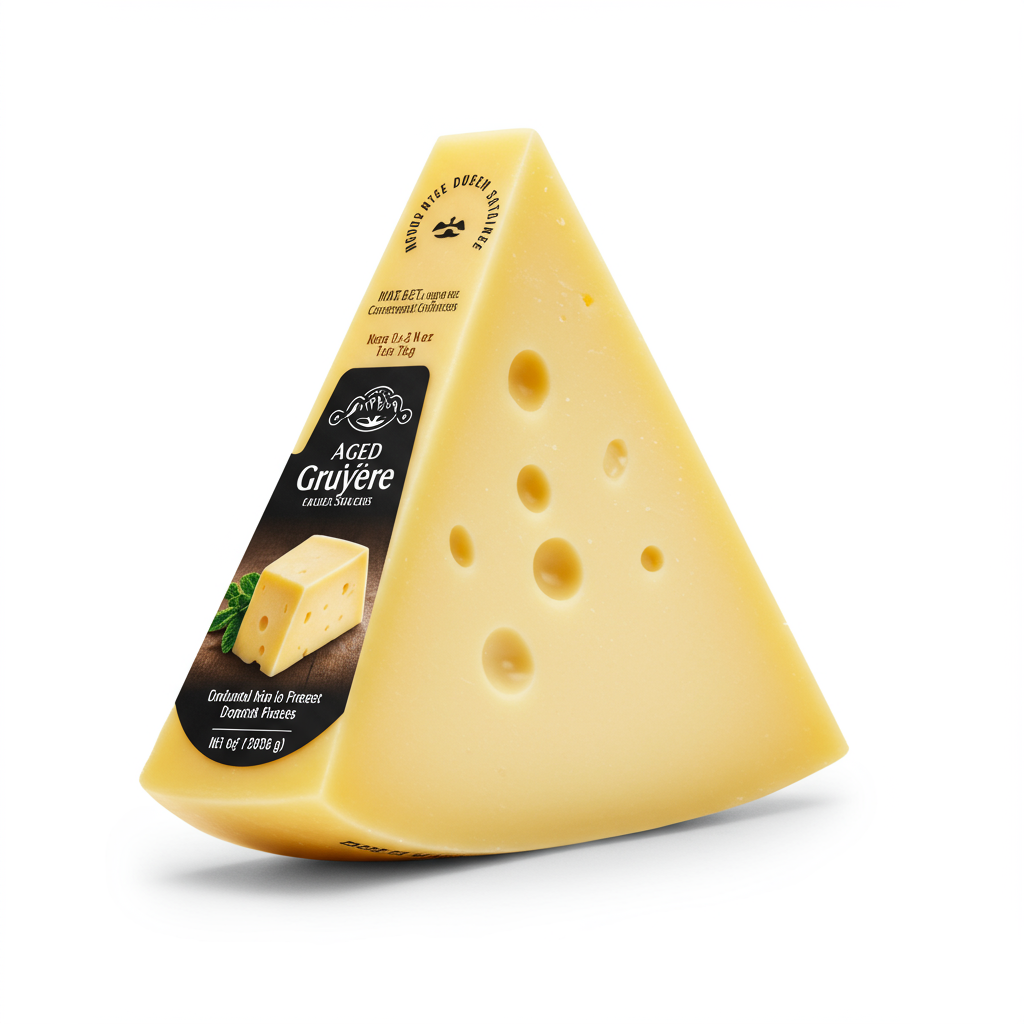
Aged Gruyere Cheese

Aged Medium Gruyere Cheese
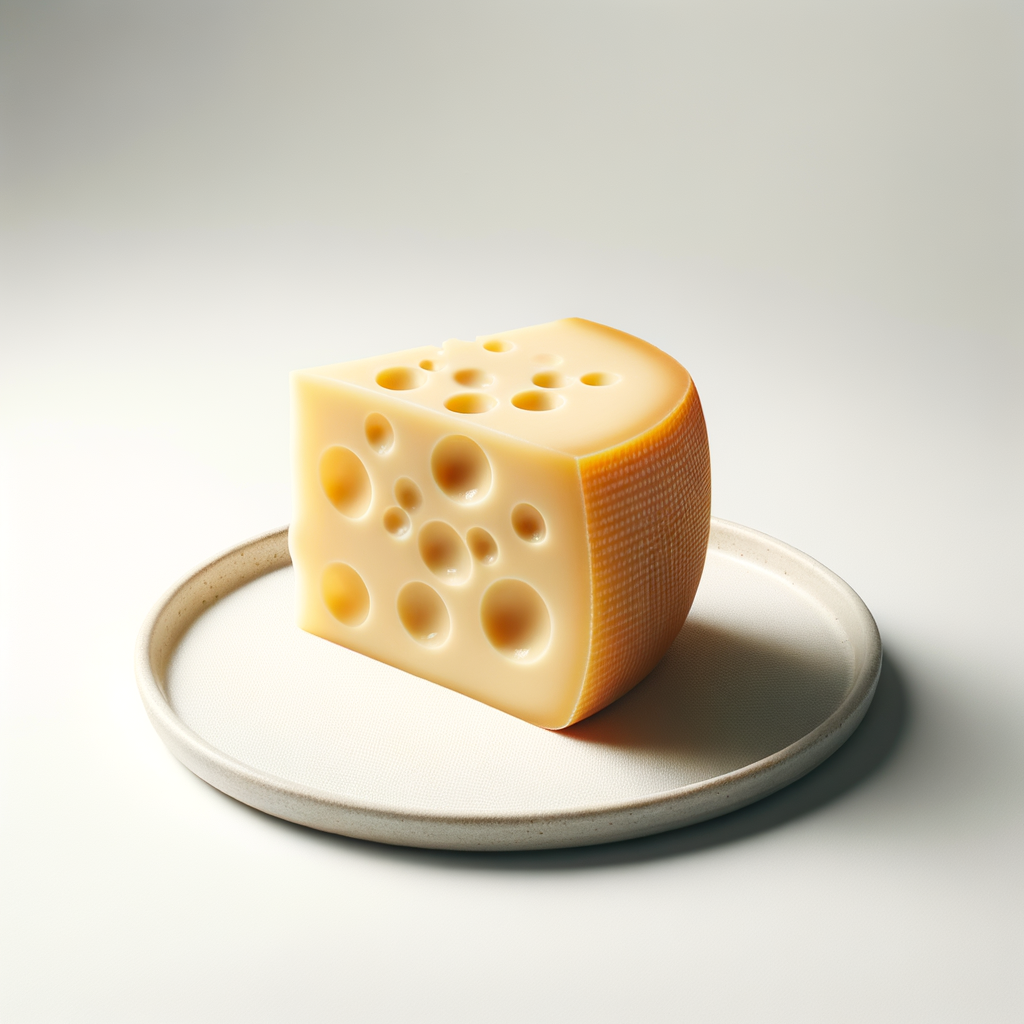
Emmental Cheese

Shredded Gruyere Cheese

Sliced Swiss Cheese
See All
Health Info
Macros
0g
CARBS
8g
FAT
7g
PROTEIN
Allowed on these diets
LOW FAT
HIGH CALCIUM
VEGETARIAN
KETO
MEDITERRANEAN
LOW CARB
GLUTEN FREE
Contains these allergens
MILK


